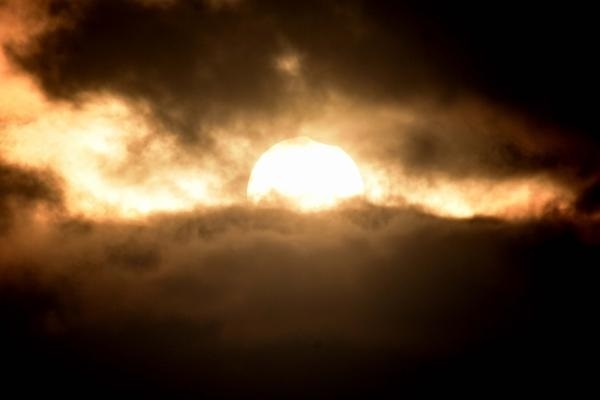Bengaluru, (Samajweekly) The state-run Jawaharlal Nehru Planetarium here would webcast live the partial solar eclipse on Sunday due to the Covid-induced ban on public gatherings, an official said on Saturday.
“We have not made arrangements this time for the public to view the eclipse in the planetarium complex due to the lockdown restrictions in force,” Planetarium director Pramod Galgali told IANS here.
The partial eclipse will be visible over the city from 10:12 a.m. to 1:31 p.m., with the maximum occurrence (about 40 per cent) at 11:47 a.m., provided the south-west monsoon clouds do not block the celestial event.
“As eclipsing sun should not be seen without protective and safety equipment, we are streaming the event live for the people to view it from their home,” said Galgali.
The partial eclipse can also be viewed on the planetarium’s official web site — www.taralaya.org , and its social media platforms Facebook and Youtube, subject to favourable weather condition.
With the south-west monsoon advancing across the southern state, the sky is expected to be overcast on Sunday morning.
“The partial eclipse will be visible if clouds make way during its over 3-hour long passage when the moon passes across the sun, blocking its sight from earth,” said Galgali.
The planetarium has made arrangements to sell till Saturday a pair of goggles for Rs 35 for public to view the eclipse safely from the rooftops of their homes.
The last solar eclipse over this tech city was viewed on December 26, 2019, when about 90 per cent of the sun’s disc was covered by the passing moon.
Touted to be the deepest annular eclipse of this century, the sun will appear as a necklace of pearls for about 30 seconds during its maximum phase along a narrow corridor passing over Rajasthan, Haryana and Uttarakhand.
“The eclipse will be partial in the rest of the country. With the next eclipse 11 years away in 2031, this is a big astronomical event in the sub-continent,” said the director.
It is also the first time since 2001 when the solstice coincides with a solar eclipse, which will occur again in 2039.
The annular solar eclipse occurs when the size of the moon is less than that of the sun, leaving its outer rim open and giving the appearance of a ring of fire.
The other prominent places where the eclipse will be visible are Dehradun, Kurukshetra, Chamoli, Joshimath, Sirsa and Suratgarh.








